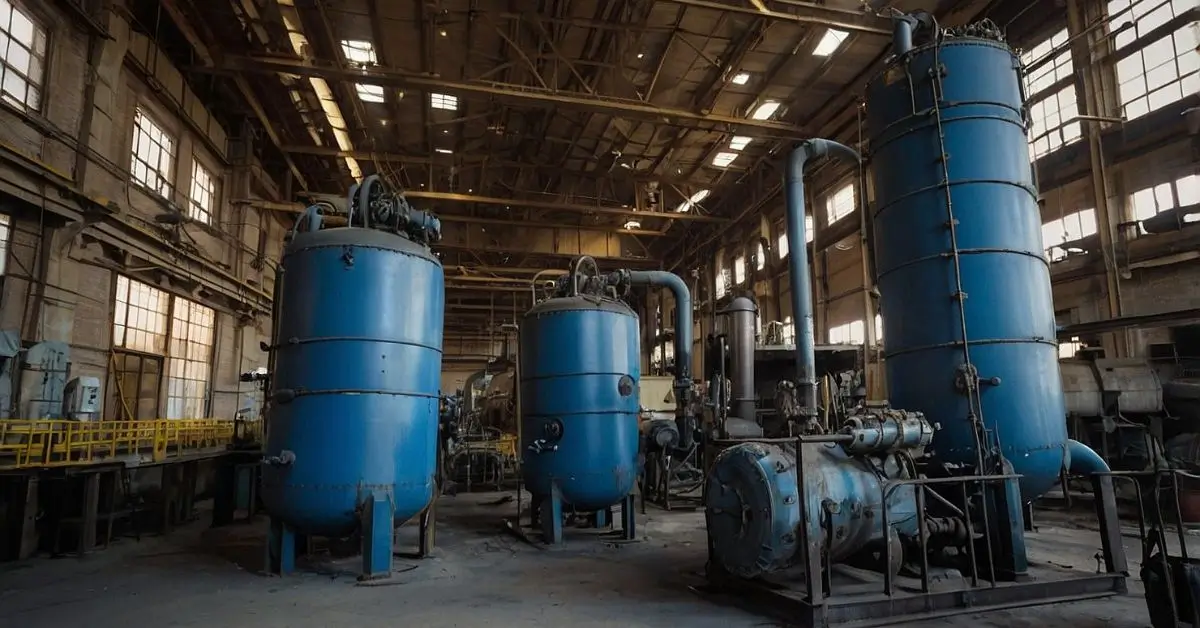Bangsite, a traditional yet lesser-known explosive substance, has intrigued hobbyists and enthusiasts for its use in small-scale pyrotechnics and noise-making devices. Historically, bangsite has been utilized in toys like carbide cannons, which were popular in the early-to-mid 20th century. The ease of using bangsite for creating loud bangs has made it an attractive option for those who enjoy the thrill of safe explosive devices without the need for complicated chemical processes.
Despite its seemingly simple nature, there are specific steps, precautions, and methods to ignite bangsite safely. This article aims to provide a comprehensive guide on how to ignite bangsite while adhering to best practices in safety, storage, and proper usage.
What is Bangsite?
Bangsite is a trade name for calcium carbide, a chemical compound used primarily for producing acetylene gas when it reacts with water. This reaction can be harnessed to create a small explosion or loud bang, making it suitable for use in devices like cannons or noisemakers. Calcium carbide itself has been an important industrial chemical, especially in the early 20th century, due to its role in generating acetylene for lighting, welding, and other purposes.
Chemically speaking, calcium carbide is a grey or black solid that releases a flammable gas when exposed to moisture. In the case of bangsite, this gas is acetylene, which, when ignited, can create a powerful burst of energy, often resulting in a loud noise.
Understanding the Chemistry of Bangsite
The chemical reaction that underpins bangsite’s explosive properties is relatively simple:
\text{CaC}_2 + 2\text{H}_2\text{O} \rightarrow \text{C}_2\text{H}_2} + \text{Ca(OH)}_2
In this reaction, calcium carbide (CaC₂) reacts with water to produce acetylene gas (C₂H₂) and calcium hydroxide (Ca(OH)₂). Acetylene is highly flammable, and when a flame is introduced to the gas in a confined space, it results in a loud bang or explosion. This principle is applied in carbide cannons, where water is added to bangsite in a chamber, and the gas is then ignited to produce the desired effect.
Historical Use of Bangsite
Bangsite has an interesting history, particularly in its use during the early to mid-20th century. One of the most famous applications of bangsite was in carbide cannons, toys designed to simulate the sound of a cannon blast. These cannons were typically marketed to children and were used in holiday celebrations like the Fourth of July in the United States. The combination of bangsite and water would generate acetylene gas inside a small chamber, which could then be ignited to produce a loud bang.
As these toys became more popular, so did the demand for bangsite. Today, the use of bangsite has become more niche, though it remains a popular choice for hobbyists interested in pyrotechnics or historical reenactments involving period-accurate sound effects.
Safety Considerations
Before discussing the steps on how to ignite bangsite, it’s crucial to emphasize the importance of safety. Though bangsite is considered relatively safe for controlled use, improper handling can result in accidents. Always adhere to these safety guidelines:
- Wear Protective Gear: Always wear safety goggles and gloves when handling bangsite. Though the substance itself is not highly corrosive, the byproducts of its reaction can be harmful.
- Use in Well-Ventilated Areas: Since the reaction produces acetylene gas, it’s essential to perform the ignition process in a well-ventilated area to avoid the accumulation of gas, which can be hazardous.
- Keep Away from Open Flames Until Ready: Acetylene is a highly flammable gas. Ensure that any source of ignition (matches, lighters, etc.) is kept away from the reaction area until you are ready to ignite it.
- Use Proper Containers: When igniting bangsite, always use containers or devices designed to withstand small explosions. Do not attempt to create your own containers without a thorough understanding of the required materials.
- Have a Fire Extinguisher Nearby: Even though bangsite is typically used for small explosions, there’s always a chance of fire. It’s important to have a fire extinguisher on hand, particularly one designed for handling chemical fires.
How to Ignite Bangsite
Step 1: Gather the Required Materials
To ignite bangsite safely, you will need the following materials:
- Bangsite (calcium carbide)
- A bangsite cannon or a specially designed noise-making device
- Water
- Ignition source (matches or a lighter)
- Protective gear (goggles and gloves)
- A well-ventilated outdoor space
Step 2: Prepare the Cannon
If you are using a bangsite cannon, make sure it is clean and free of any debris. The chamber where the bangsite will react should be clear of obstructions to allow the reaction to proceed smoothly.
Step 3: Add Bangsite to the Chamber
Carefully measure out a small amount of bangsite and place it into the reaction chamber of the cannon or device. Since only a small amount of bangsite is needed to produce a significant reaction, avoid overfilling the chamber.
Step 4: Add Water to Start the Reaction
Using a dropper or small measuring cup, add a few drops of water to the bangsite. This will initiate the reaction, producing acetylene gas in the chamber. Once you add the water, quickly close the chamber to trap the gas inside.
Step 5: Ignite the Gas
After the gas has built up in the chamber, use a match or lighter to ignite the gas. In most cases, the ignition point will be a small hole in the cannon’s chamber, where the flame can be introduced without risking direct exposure to the gas. The gas will combust rapidly, resulting in a loud bang.
Step 6: Assess and Repeat as Needed
After the explosion, assess the device to ensure there is no damage or debris inside. If you wish to repeat the process, reload the chamber with a new batch of bangsite and water, following the same steps.
Troubleshooting Common Issues
While igniting bangsite is generally a straightforward process, there are some common issues that users may encounter. Here’s how to troubleshoot them:
- No Reaction After Adding Water: If no gas is produced after adding water, it’s possible that the bangsite has become degraded or contaminated. Ensure that you are using fresh bangsite and that the chamber is clean and dry before starting.
- Weak or Inconsistent Bang: If the explosion is weak or inconsistent, the issue may be related to the amount of water used. Too much water can dilute the reaction, while too little may not produce enough gas. Experiment with small adjustments to the water volume until you achieve the desired effect.
- Cannon Misfires: If the cannon misfires or does not ignite properly, check for blockages in the ignition port. Additionally, ensure that you are using a sufficient ignition source, such as a strong flame from a match or lighter.
Proper Storage and Maintenance
To prolong the life of your bangsite and ensure safe use, proper storage and maintenance are essential.
- Store Bangsite in a Cool, Dry Place: Since bangsite reacts with moisture, it’s important to keep it in an airtight container, away from humidity or water sources.
- Clean the Cannon After Use: Residue from the chemical reaction can build up inside the cannon, affecting its performance over time. Regularly clean the chamber and other components to prevent blockages and ensure consistent results.
- Check for Wear and Tear: Over time, the components of your cannon or noise-making device may wear out or become damaged. Inspect your device regularly for any cracks or weak points that could pose a safety hazard.
Environmental Impact and Responsible Use
While bangsite is generally considered safe for small-scale use, it’s important to be mindful of its environmental impact. Calcium carbide, when it reacts with water, produces acetylene and calcium hydroxide. Although these byproducts are not highly toxic, they should be handled with care to avoid unnecessary contamination of soil or water sources.
When disposing of used bangsite or byproducts, follow local regulations for chemical disposal to ensure you are minimizing any negative environmental effects. Additionally, avoid using bangsite in areas where there is a risk of starting a wildfire or causing harm to wildlife.
Conclusion
Igniting bangsite is a fascinating process that combines chemistry with a bit of practical know-how. Whether you’re using it for historical reenactments, noisemakers, or educational demonstrations, bangsite offers a safe and accessible way to experience controlled explosions. By following the proper safety protocols, storing your materials responsibly, and understanding the underlying chemistry, you can safely ignite bangsite and enjoy the spectacle it provides.
Though the use of bangsite has decreased in modern times, its legacy lives on in niche hobbies and educational settings. Understanding how to ignite and control bangsite reactions opens the door to a world of historical and scientific exploration, making it an exciting choice for enthusiasts of all ages.











